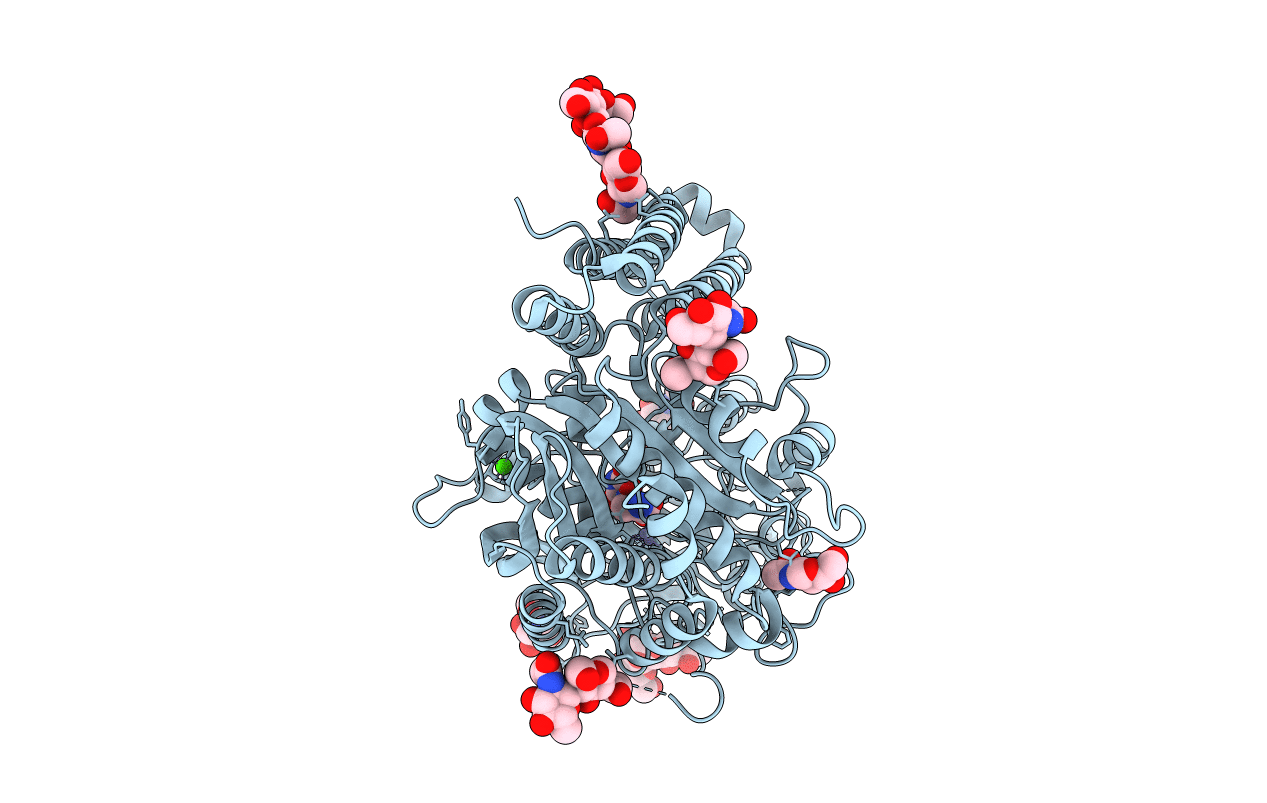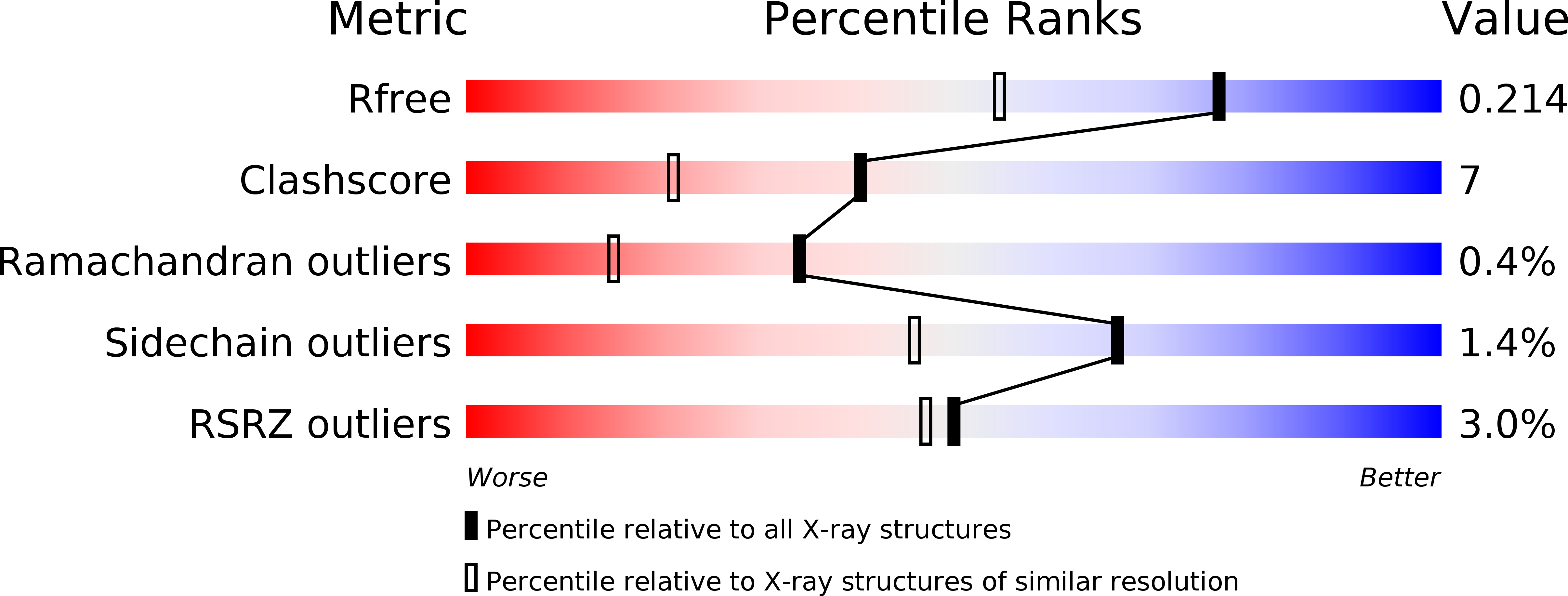
Deposition Date
2007-02-01
Release Date
2007-06-12
Last Version Date
2024-12-25
Entry Detail
PDB ID:
2OR4
Keywords:
Title:
A high resolution crystal structure of human glutamate carboxypeptidase II in complex with quisqualic acid
Biological Source:
Source Organism:
Homo sapiens (Taxon ID: 9606)
Host Organism:
Method Details:
Experimental Method:
Resolution:
1.62 Å
R-Value Free:
0.21
R-Value Work:
0.18
R-Value Observed:
0.18
Space Group:
I 2 2 2


